Time passes differently in the desert. It conforms somewhat to our notion of how time should behave. It gets light in the morning and dark at night, and high noon is roughly what shows on the face of your Rolex when both hands point straight up, but it doesn’t feel the same. And as you know if you’ve ever spent time alone somewhere like this desert at Coral Pink Sands Dunes State Park, time is as much a feeling as it is the passage of seconds and minutes.
You can come here with your time if you want. The dunes don’t care. Have your schedules on your smart phone set to tell you how long you can stay, how long before you have to go if you want to make it to Zion before the afternoon rush for rooms begins. But be careful when you step out onto the sands here. Watch out for the fact that the hands on your watch may move but the passage of time here on the dunes doesn’t always agree. Finding a place to sit where you can watch the winds sculpt the dunes into new shapes, erasing footprints, sharpening the edges of the dune tops until they look as is they could shear the wind in half, or slice little eddies off the breezes to form new ripples down the face of the sand. That’s when you notice that the 15 minutes you thought you were spending has actually been an hour and a half. The desert is showing you how time works here. It’s not your watch that’s at fault. It’ll work just fine when you get back to people places and that time takes over again.
Forget also about making it the 45 miles from here to Zion in time. You’ve been caught by desert time. Sitting there watching the sand change color from a yellowish-tan to a rich, deep coral as the sun moves across the shifting dunes, listening to the low moan of the winds as they scrub across the dune tops, feeling as much as hearing the low humming that comes from the movement of untold billions of sand crystals rubbing together, as the wind slowly but surely pushes the dunes along, moving these massive collections of sand some fifty feet a year. Sitting there you’ve been moved with them, not very far, a short journey actually, but as a new part of the desert you’ve been added to the structure and affected by it, unaware that your presence has been noted and taken into account. You’re on desert time now.
It’s time to put your smart phone away, pull your sleeves down over that watch and tune into desert time. Make other arrangements in your mind as schedules don’t work well here in the desert. But it’ll work just fine if you let it happen and don’t fight it. It will still get light in the morning and dark again the evening, noon will come and go just like always, it’ll just feel differently is all. Once you understand how that works you’ll find its a pretty good system. If you need to know things like hours and so on, the desert will tell you. As you can see by the image above it’s three o’clock. Now that you know that, does it make a difference?

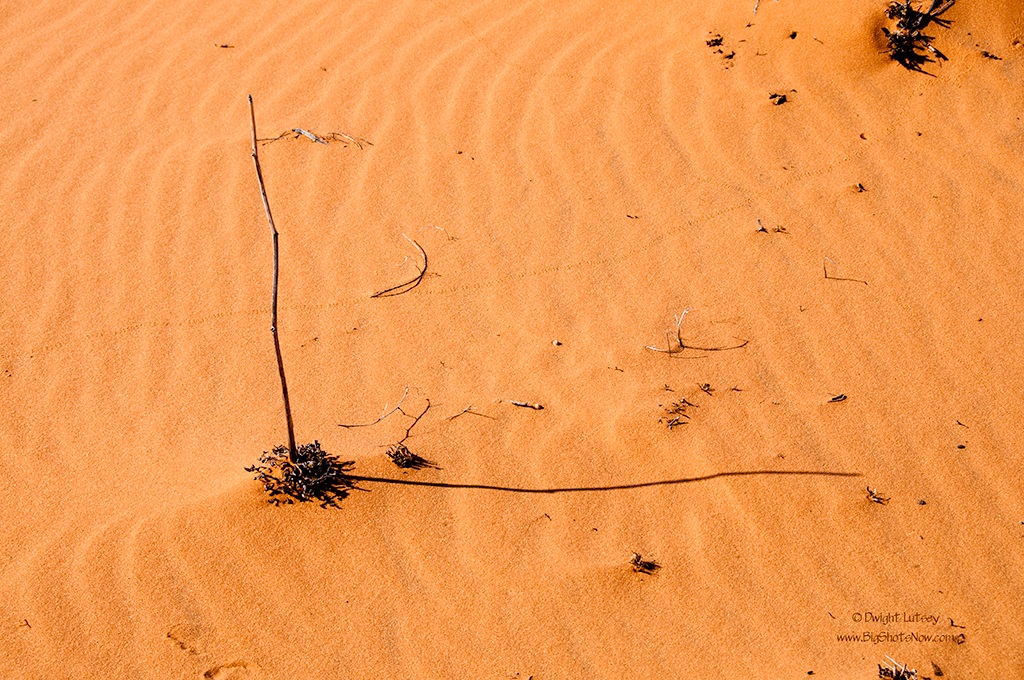

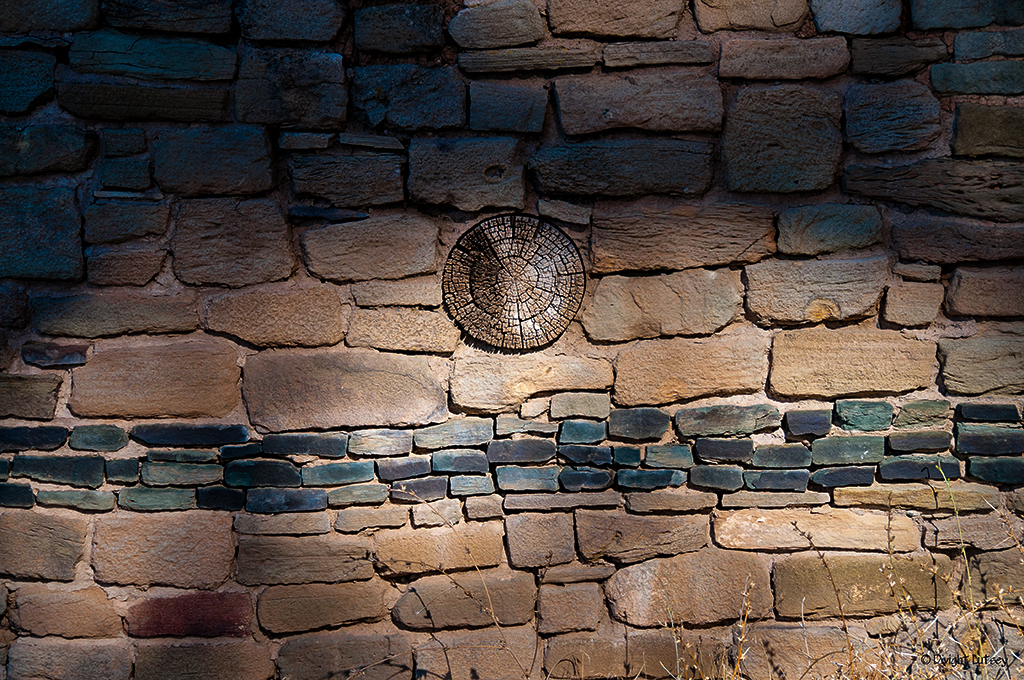
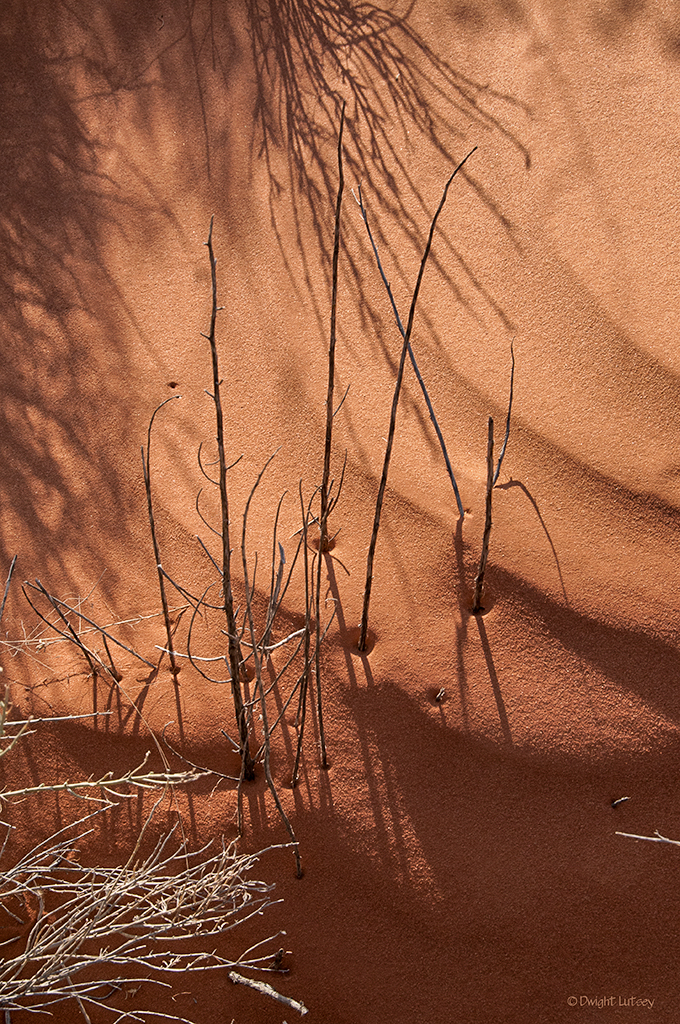
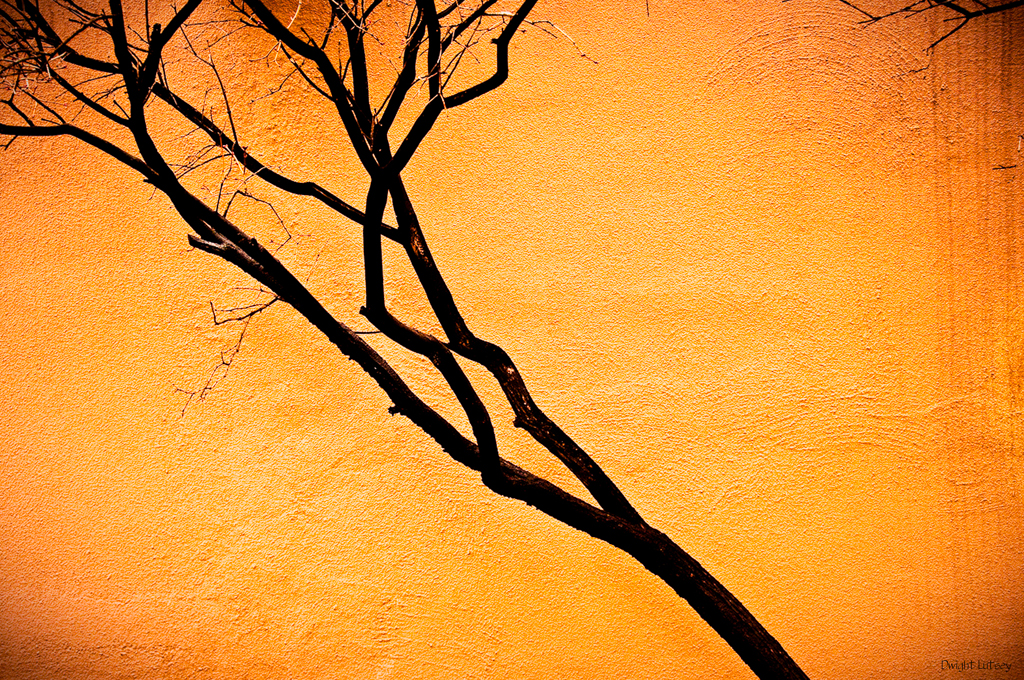
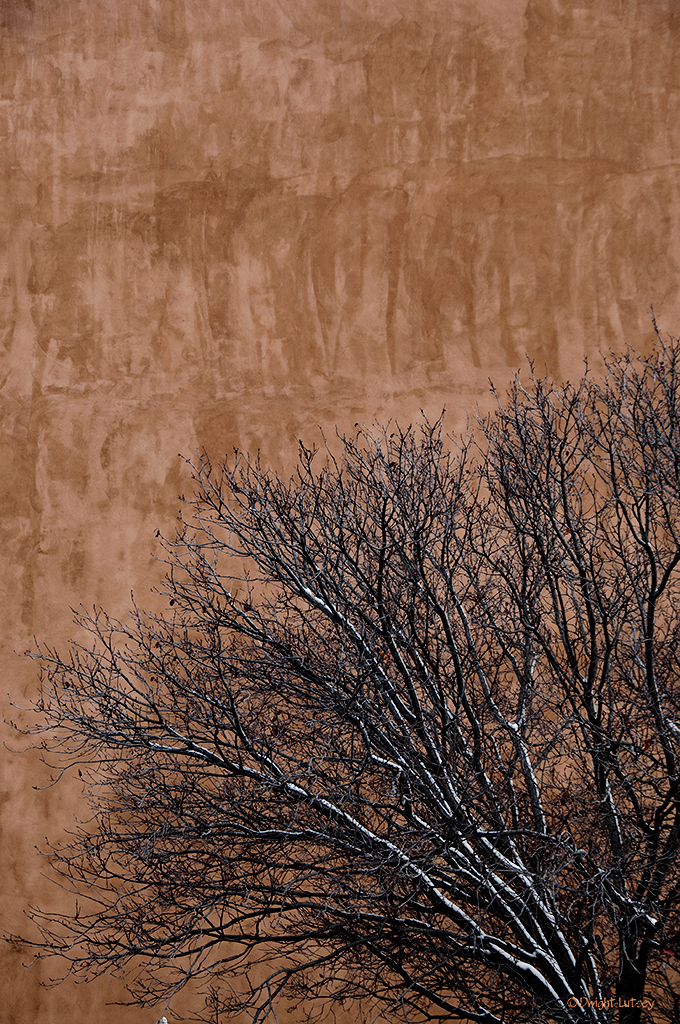
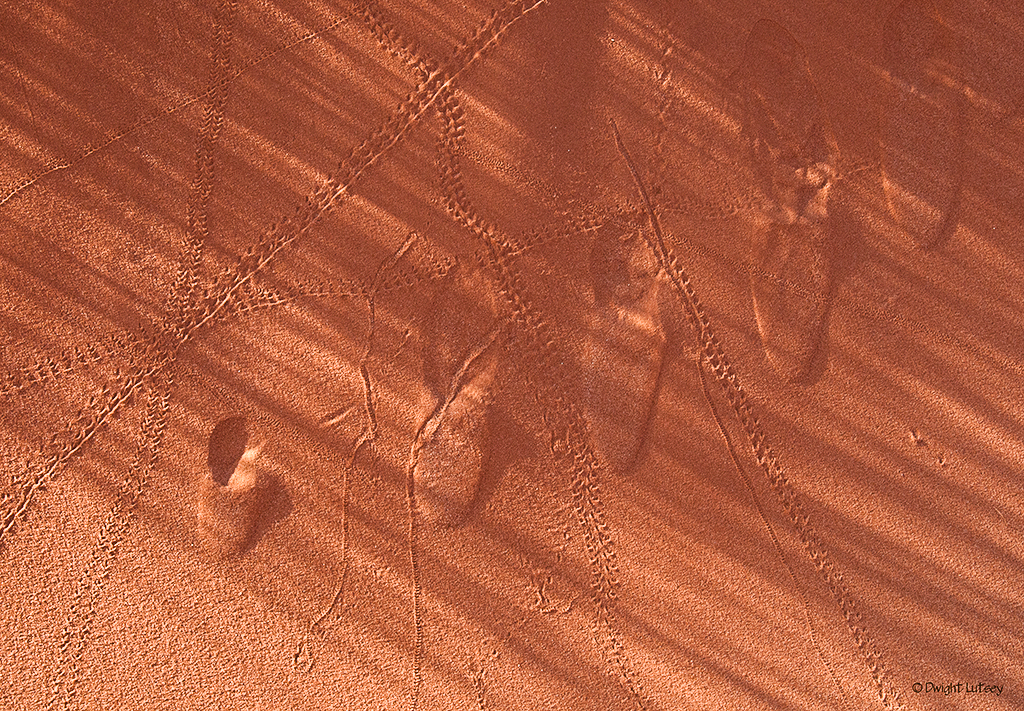
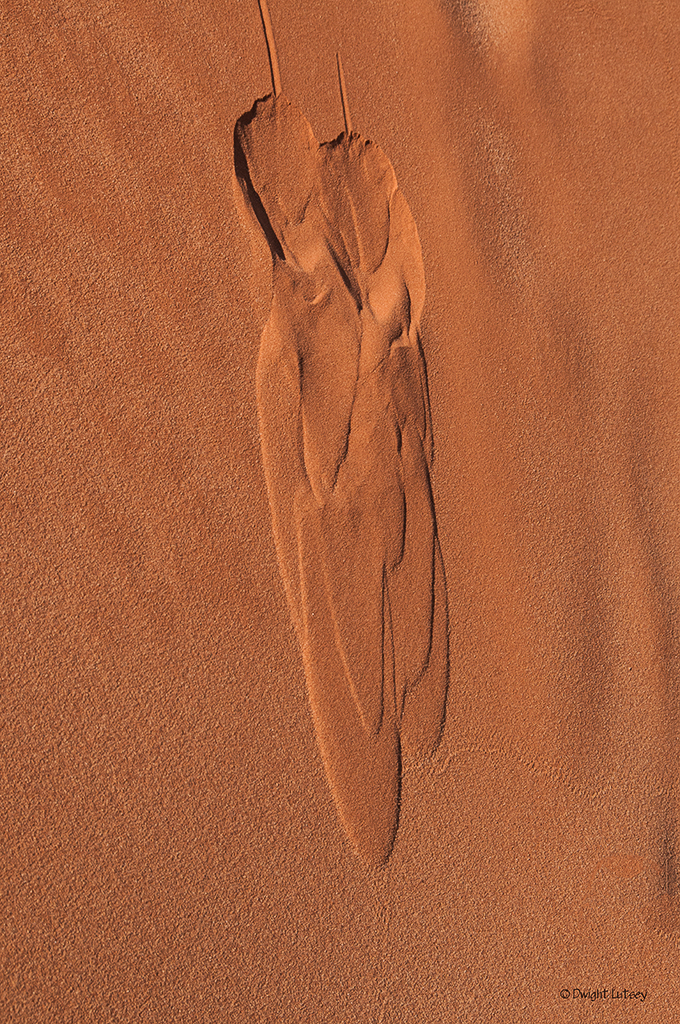
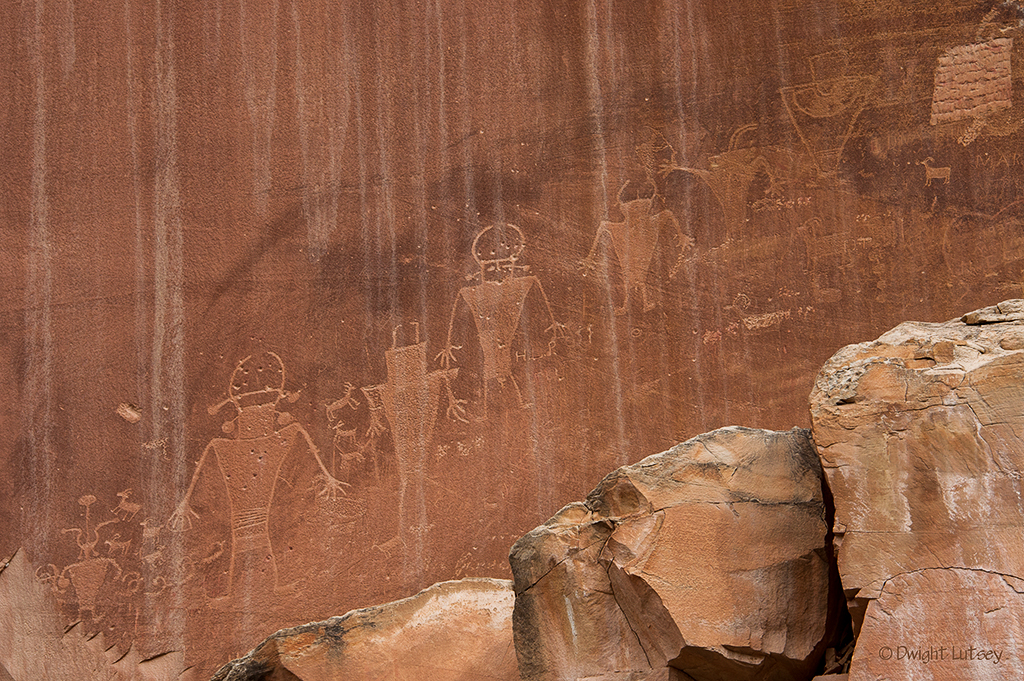
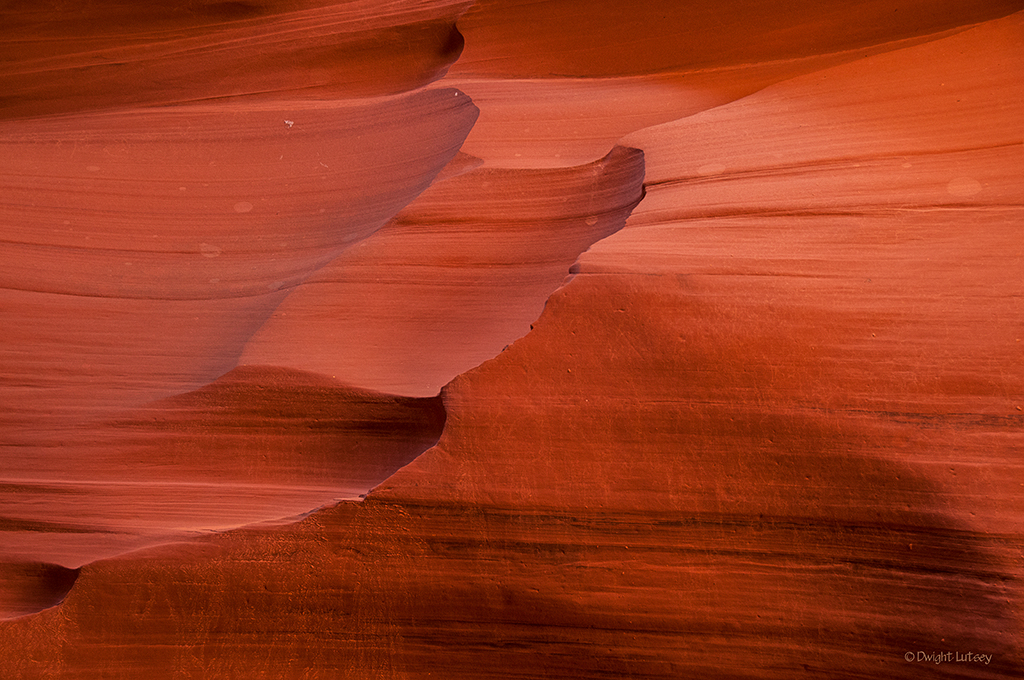
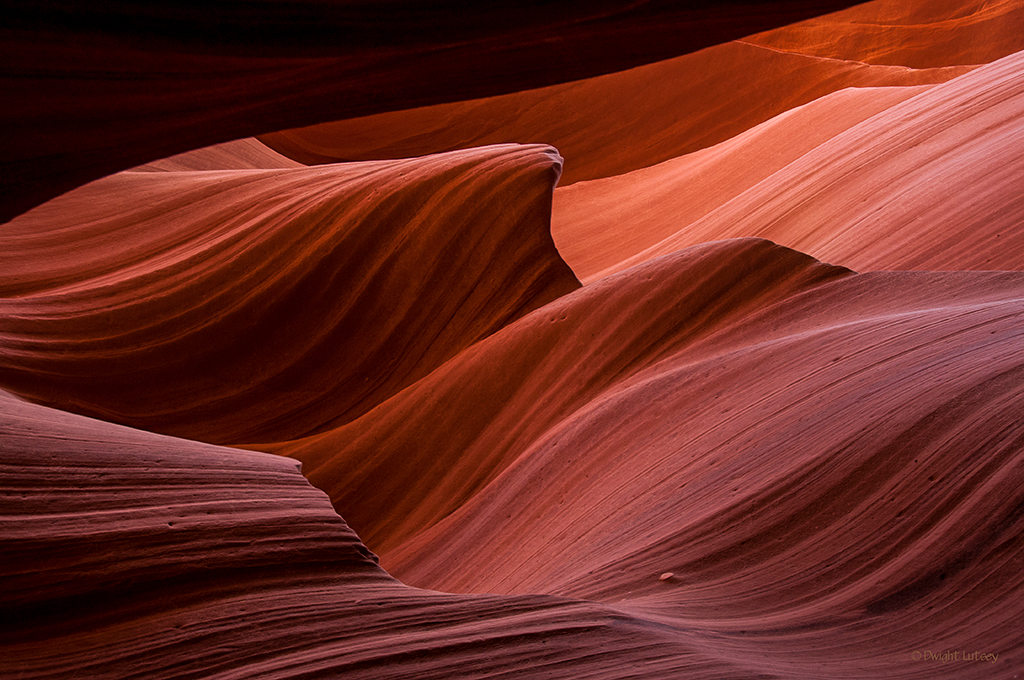
You must be logged in to post a comment.